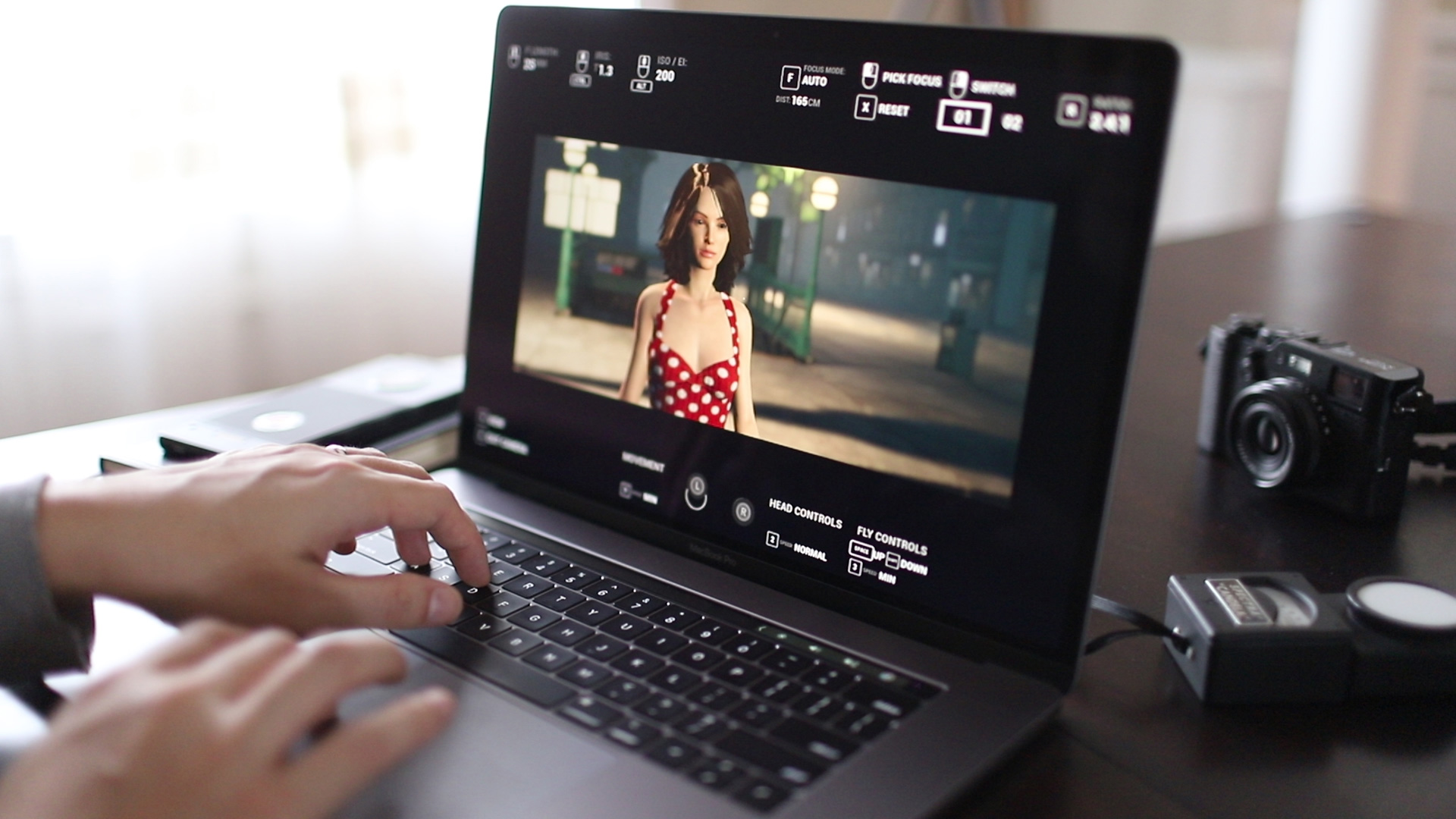

As such, and as in most cases, preparation and good planning are crucial elements that previs can usefully help with: to aid with timing, choosing cameras, defining styles, defining sets and visualising CG scenes before shooting, amongst other elements. This is an important element that can help avoid mishaps and setbacks that could potentially delay production. At this point, the Unreal Engine (UE) and the DragonFly virtual camera were presented as useful tools for this form of pre-production scene pre-visualisation. And even though it can’t predict every single one of the elements (such as an actor’s performance, for example), it does help solve numerous problems. Furthermore, Wilke highlighted the importance of virtual production for previs, something that once again already existed (as storyboards or sketches, for example), but which is now available on a whole different level. Xu demonstrated the extent to which virtual production can actually be put in place, in a full spectrum of projects, from “no CG” to “full CG”. In fact, Kalachikhin, as a filmmaker, reinforced the idea of how virtual production can work as a marriage between new technologies and classic cinematic elements, while not detracting from the experience that some filmmakers and crews might want to gain from the traditional models of production. Even though it relies on new, developing technologies, in virtual production, the past is an important baseline to take lessons from, as Xu explained: looking back at the process of rear projection, for example, and thinking about plate playback (one of the pillars of virtual production).

As something that has combined a set of technologies that were first used for the gaming industry, as well as incorporating elements from the traditional VFX world, virtual production can be perceived as a methodology wherein the physical (motion capture, live-action shoots and so on) and the virtual meet: a combination that has been achieved in the past, but which can now be done in real time, according to Wilke.


 0 kommentar(er)
0 kommentar(er)
